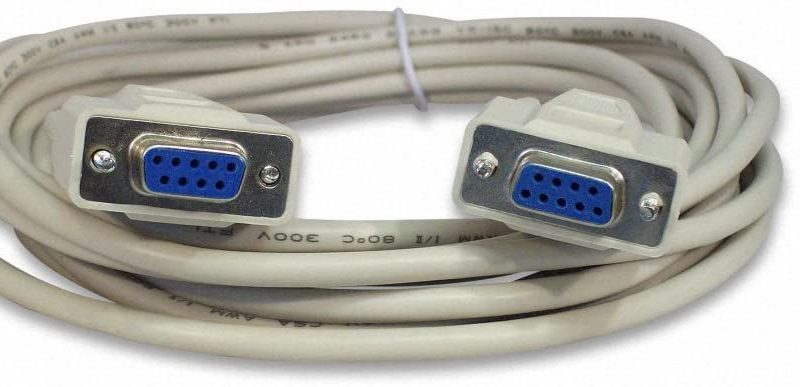In the world of electronics and connectivity, the D sub connector stands as an iconic and versatile component that has been a mainstay for decades. This connector, also known as a D-subminiature or simply D-sub connector, has found its place in a wide range of applications, from computers to industrial machinery. In this blog post, we’ll explore the D-sub connector, its history, variations, applications, and its enduring relevance in the modern world.
A Brief History
The D-sub connector’s origins can be traced back to the 1950s when it was developed by Cannon (now ITT Cannon) for use in aerospace applications. Originally designed as a compact, rugged, and reliable connector, it quickly gained popularity and found its way into various industries. The “D” in its name refers to its D-shaped metal shell, which not only adds durability but also helps ensure proper orientation during connection.
Variations of D-Sub Connectors
D-sub connectors come in various sizes, each denoted by a number that refers to the shell size. The most common sizes are the DE-9, DB-25, DA-15, and DD-50, among others. These connectors can have various pin configurations, with the most common being 9-pin, 15-pin, and 25-pin layouts. Different pin counts make them suitable for different applications, from basic serial communication to more complex tasks like video or data transmission.
D-sub connectors also come in male and female versions. The male connectors have pins, while the female connectors have matching sockets, allowing for a secure connection. This gender distinction is essential to prevent incorrect connections and ensure compatibility.
Applications of D-Sub Connectors
The D-sub connector’s versatility is one of its most significant strengths, and it is widely used in many applications, including:
- Computers and IT: D-sub connectors have historically been used for connecting monitors (VGA connectors), serial and parallel ports, and even for power connections. While newer interfaces like HDMI and USB have largely replaced them in consumer electronics, D-sub connectors still find use in some industrial and legacy systems.
- Industrial and Manufacturing: D-sub connectors are known for their ruggedness, making them ideal for use in industrial environments. They are commonly found in industrial control systems, machinery, and automation equipment.
- Aerospace and Defense: The D-sub connector’s reliability and durability make it a preferred choice in aerospace and defense applications. It is used in avionics systems, radar equipment, and more.
- Telecommunications: D-sub connectors are used in telecommunications equipment for various purposes, such as connecting modems, routers, and other networking devices.
- Instrumentation: They are widely employed in test and measurement instruments, where reliable and high-density connections are crucial.
- Audio and Video: In the audio and video industry, D-sub connectors are used for analog and digital signals, such as in VGA and DVI connections.
Modern Relevance and Future Prospects
While newer connector technologies have emerged over the years, the D-sub connector has remained relevant, particularly in specialized and industrial applications. Its robust construction, secure connections, and consistent performance have kept it in demand. Additionally, D-sub connectors have seen technological updates, including high-density versions and variations with improved shielding and EMI/RFI protection
